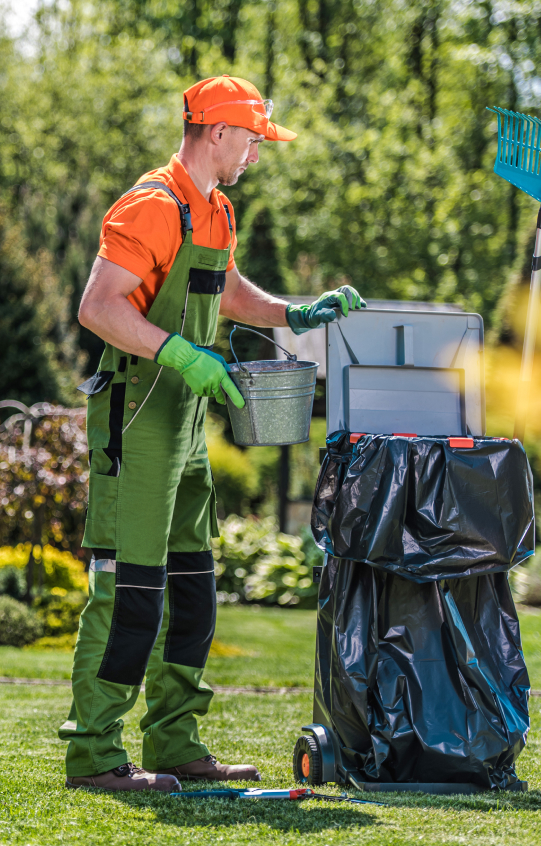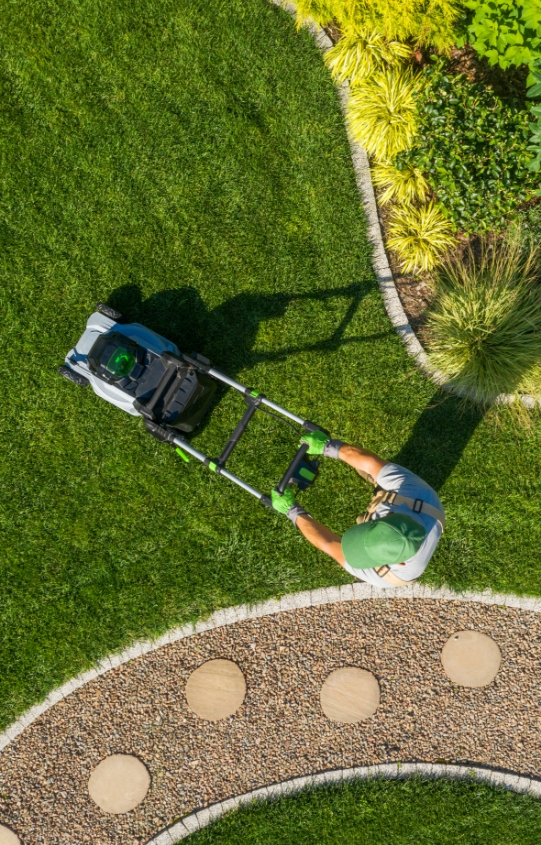Invasive Species
At Digby Landscaping, we offer a wide range of treatments for removing and dealing with various invasive species.
By law, anyone who is using a pesticide professionally must have the relevant certificate for the safe use of these pesticides. They must also be fully trained in the application process of the herbicide.
Our Surveyors have extensive experience in Japanese Knotweed treatment & removal, having undertaken rigorous training to ensure their knowledge of Japanese Knotweed and other species is up to date.
All of our Japanese Knotweed surveys come with a full Japanese Knotweed inspection report. There is a detailed analysis of any Japanese Knotweed issues and recommended treatment options as well as control programmes with associated costs. All of our survey reports can be emailed or posted to you.
Our Herbicide treatment consists of a 10-year plan entailing 2 visits a year for the first 3 Years then monitoring years 4 and 5. This will be backed with a 5-year guarantee.
Do you know that having this invasive weed will hinder any property sales and should be declared on the TA6 Form? While it may be of interest to have a Japanese Knotweed Survey done on any property you are thinking of buying or selling as more Mortgage Lenders are asking for a report on this at present.


Invasive species problem?
If you would like to discuss an issue around any Invasive Species, you can call us on 0141 564 8993 Or you can send us an enquiry here
Types of Invasive Species
Japanese Knotweed
Japanese Knotweed (Reynoutria Japonica) is a weed that spreads rapidly. In winter the plant dies back to ground level but by early summer the bamboo-like stems emerge from rhizomes deep underground to shoot to over 2.1m (7ft), suppressing all other plant growth.
An intensive Rhizome (underground root) system sustains the plant even when top growth is removed or killed which is why our staff will be available from start to finish giving you up-to-date reports about the treatment being administered. What Does Japanese Knotweed Rhizome (root) Look Like? Sections can be from a few mm to ~20cm in diameter The exterior is dark brown and the inside is orange/yellow They are easy to snap (like a carrot).
As temperatures drop the weed’s green heart-shaped leaves will turn brown and fall from the Plant. Late November/ Early December its Hollow Bamboo like canes will turn brown and die, although they remain standing.
Removing Japanese Knotweed is not as simple as digging it out and putting it in the bin. It is classified as ‘controlled waste’ therefore its removal and disposal should be managed by a licensed contractor only. Japanese knotweed is an invasive species of plant and, therefore, it is the responsibility of the landowner to ensure that this plant doesn’t spread into neighbouring lands or into the wild.
Plants that look like Knotweed:
Bindweed has a similarly shaped leaf to Knotweed.
Bamboo (Bambuseae) There are some similarities but this is not a plant that is easily mistaken for Knotweed once you look closely.
Why this ‘pretty’ plant is such a problem Why is it such a nuisance? This attractive weed is a problem for several reasons: • It grows quickly and shades other plants, so depriving them of light and killing them off. • It produces a large amount of pollen over a long season and because it is attractive to pollinating insects, it reduces pollination opportunities for other plants. • The nectar is very sweet and can outcompete that of other plant species. • The plant’s stem is fleshy, which means that it is not frost-proof, so Himalayan balsam dies off in the winter, leading to soil erosion. The shallow roots of the plant also contribute to the erosion of soil.
Why this ‘pretty’ plant is such a problem Why is it such a nuisance? This attractive weed is a problem for several reasons: • It grows quickly and shades other plants, so depriving them of light and killing them off. • It produces a large amount of pollen over a long season and because it is attractive to pollinating insects, it reduces pollination opportunities for other plants. • The nectar is very sweet and can outcompete that of other plant species. • The plant’s stem is fleshy, which means that it is not frost-proof, so Himalayan balsam dies off in the winter, leading to soil erosion. The shallow roots of the plant also contribute to the erosion of soil.
In early spring, white, fertile stems appear that bear the reproductive spores. Once these have wilted, the green infertile stems appear, that persist until the first frosts. It is these sterile stems that give the plant its common name as when bunched together they resemble a horses tail.Horsetail is a nonflowering plant, multiplying through spores. It is also toxic to livestock, particularly horses. Horsetail will also cause problems with hard landscaping such as tarmac and Concrete the spores also lodge in small cracks and germinate, resulting in extensive damage.We
